Art World
The Art Books Our Editors Are Reading This Summer
It is national book lover's day, after all.
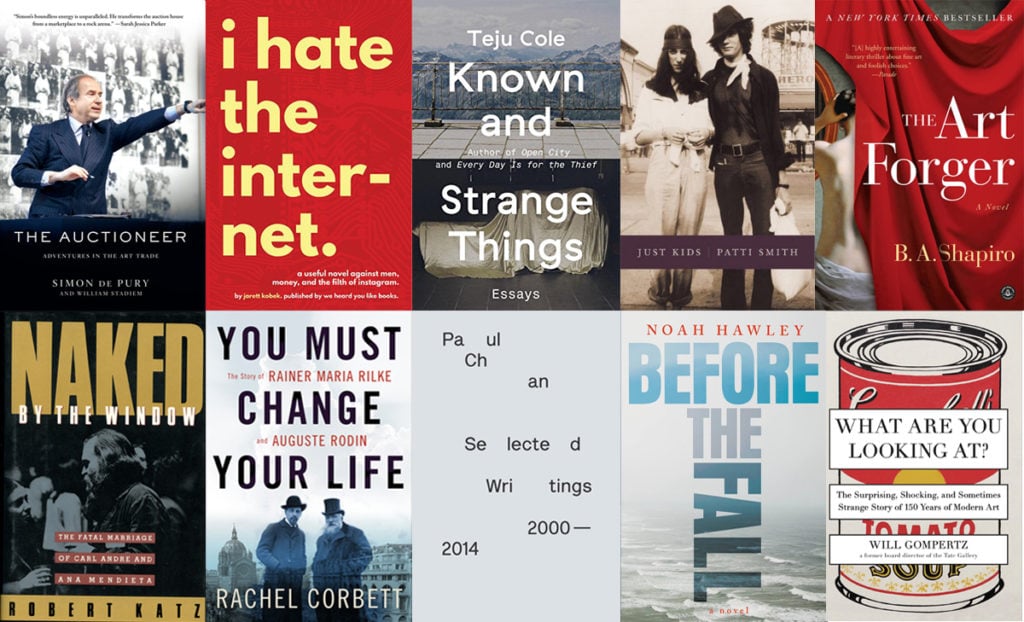
Just in time for National Book Lover’s Day, celebrated on
August 9, the editors of artnet News have rounded up an eclectic mix of
art-related fiction and non-fiction. From Just Kids, Patti Smith‘s lyrical account of a legendary moment in the New York City art scene, to I Hate the Internet, Jarrett Kobek’s dynamic novel raging against the digital dystopia, here’s what we’re reading this summer.
 Just Kids, by Patti Smith (2010)
Just Kids, by Patti Smith (2010)
I’ve been catching up this summer on all the books my friends were talking about a couple of years ago, to be honest.
I read both of Ben Lerner’s infuriatingly good novels, Leaving the Atocha Station and 10:04. In the former, the narrator witnesses a museum-goer having “a profound experience with art” and worries that he is incapable of same, while in 10:04, Lerner proves himself to be a better art critic in passing than I am even on a good day; his commentary on Christian Marclay’s The Clock was, for me, more enjoyable than the piece itself.
Then, on a staycation, I read Donna Tartt’s super-entertaining The Goldfinch, in which a Carel Fabritius painting plays a central role in a tale of international intrigue. Now I’m halfway into Just Kids, Patti Smith’s reminiscences of her life with Robert Mapplethorpe. If you, like me until recently, still have these books on your bedside table, waiting to be read, well, get to it.
—Brian Boucher, Senior Writer
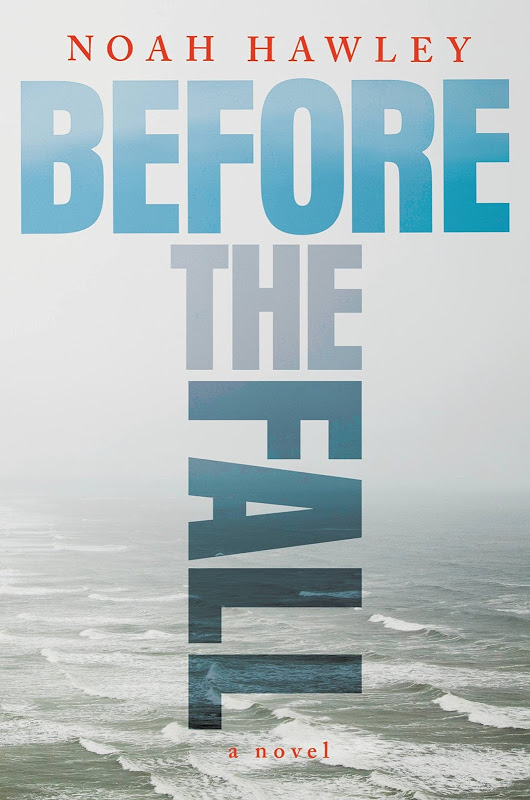 Before the Fall, by Noah Hawley (2016)
Before the Fall, by Noah Hawley (2016)
The perfect beach read, Noah Hawley’s suspenseful novel tells the tale of the suspicious, fatal crash of a private plane leaving Martha’s Vineyard. Chartered by the head of a Fox News-style television station, the plane has only two survivors: A young boy and Scott Burroughs, an unsuccessful middle-aged painter whose apparently inexplicable presence aboard the ill-fated aircraft is ripe for conspiracy theory in the Malaysia Airlines-esque media blitz that follows the tragedy.
The nerve-racking tale is an undeniable page turner, but also does the art world justice with its description of its protagonist’s disappointing career trajectory, and interstitial chapters about Burroughs’s chilling, disaster-inspired canvases.
—Sarah Cascone, Associate Editor
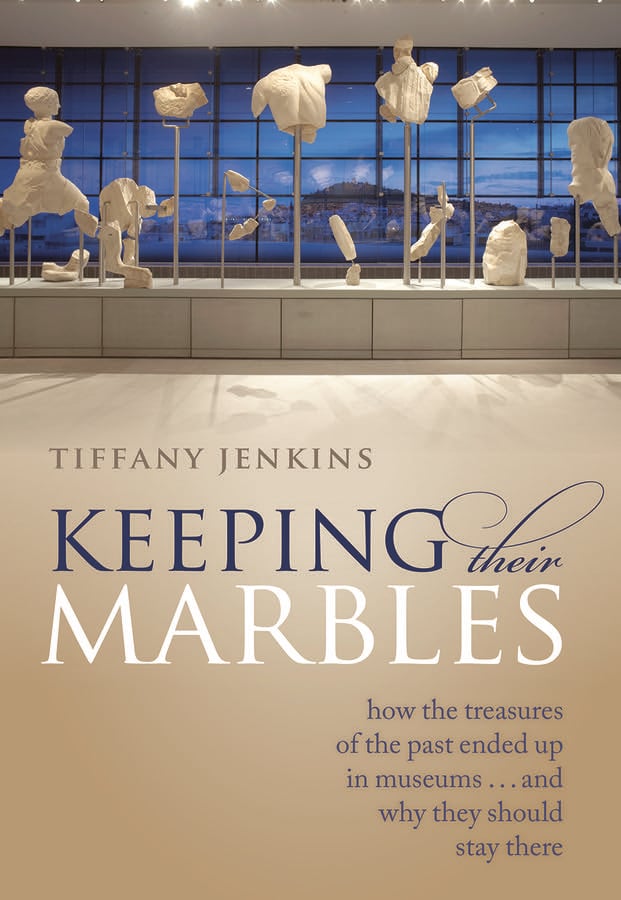 Keeping Their Marbles: How the Treasures of the Past Ended Up in Museums – And Why They Should Stay There, by Tiffany Jenkins (2016)
Keeping Their Marbles: How the Treasures of the Past Ended Up in Museums – And Why They Should Stay There, by Tiffany Jenkins (2016)
Tiffany Jenkins makes the (unpopular) case for the British Museum keeping the Parthenon Marbles in this well-researched if not entirely-convincing critique. While Jenkins may be too quick to dismiss the concerns of those calling for restitution, she does an admirable job of examining the issue throughout history, including Napoleon’s extensive, oft-overlooked art looting. I particularly enjoyed the detailed history of the birth of museums in the UK, as well as Jenkins’s breakdown of the complicated issue of human remains in institutional collections.
Pair with Sharon Waxman’s excellent 2009 tome, Loot: The Battle Over the Stolen Treasures of the Ancient World, which generally makes the case for restitution, for a more thorough understanding of the issues at hand.
—Sarah Cascone, Associate Editor
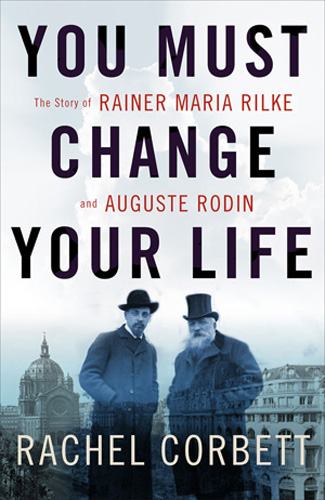 You Must Change Your Life: The Story of Rainer Maria Rilke and Auguste Rodin, by Rachel Corbett (2016)
You Must Change Your Life: The Story of Rainer Maria Rilke and Auguste Rodin, by Rachel Corbett (2016)
This is, first of all, just a wonderfully readable work of art historical biography: Corbett manages to throw light not just on the central bromance between the author of Letters to a Young Poet and the sculptor of The Thinker, but also the whole social constellation around them, giving gracefully rendered intellectual portraits of woman like Paula Modersohn-Becker, Camille Claudel, and Lou Andreas-Salome.
But Corbett also tells this story through the prism of a concept: “Empathy,” a new psychological category that emerged in artistic discussion before finding its way into psychological vocabulary. The result is that this excavation of the dramas of this fin-de-siècle social scene is also the story of the coming-to-being of a whole way of thinking about what it means to be human, through art.
—Ben Davis, National Art Critic
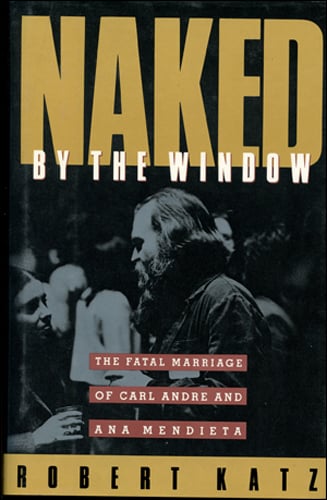 Naked by the Window: The Fatal Marriage of Carl Andre and Ana Mendieta, by Robert Katz (1990)
Naked by the Window: The Fatal Marriage of Carl Andre and Ana Mendieta, by Robert Katz (1990)
Striking the perfect balance between intrigue and fact, Naked by the Window is a gripping exploration of the mystery surrounding Cuban-born artist Ana Mendieta’s death and the question of whether her husband—famed Minimalist sculptor Carl Andre—is innocent or guilty.
Mendieta plunged to her death in 1985 after falling out of the window of the 34th floor of the Greenwich Village apartment she shared with Andre; he was subsequently charged with murder but was later acquitted due to lack of evidence. Published in 1990, just five years after Mendieta’s death, Naked by the Window continues to maintain contemporary relevancy, as Andre remains an active member of the art world and protests are still staged today by the activist group WHEREISANAMENDIETA, most recently in June outside the Tate Modern, London.
—Caroline Elbaor, Editorial Intern
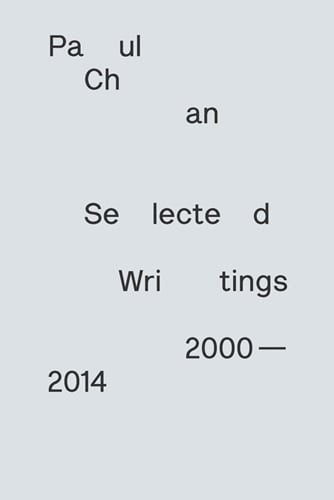 Selected Writings (2000–2014), by Paul Chan (2014)
Selected Writings (2000–2014), by Paul Chan (2014)
Artist, activist, and eternal social media skeptic Paul Chan knows how to seize a reader’s attention—and keep it. His anthology of essays, Selected Writings (2000–2014), offers up a satisfying collection of critical inquiries. There’s his seminal essay, “The Unthinkable Community;” various meditations on his favorite artists; and even a tongue-in-cheek commencement speech in which he condones student loan evasion.
His unwitting candor, perhaps, best explains why he can get away with contemplating Britney Spears and Lacanian psychoanalysis in the same paragraphic breath. If you, dear reader, are often struck by art world malaise, this one’s for you.
—Rain Embuscado, Assistant Editor
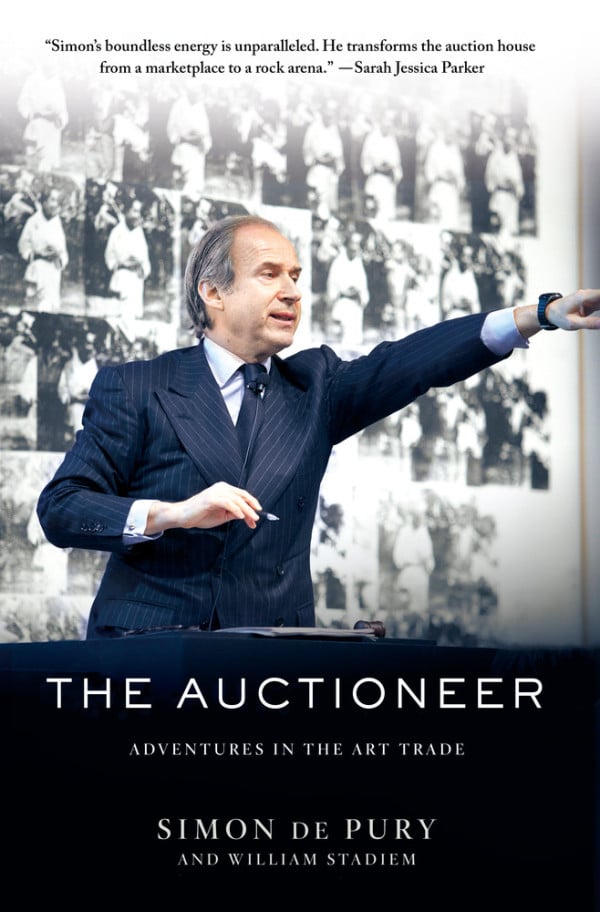 The Auctioneer, by Simon de Pury
The Auctioneer, by Simon de Pury
The Auctioneer is a witty and entrancing look into the world of Simon de Pury, one that while filled with familiar names and places is still, somehow, an echelon apart.
Beginning with his tutelage under the famed Swiss art dealer and collector Ernst Beyeler (they were both from Basel), De Pury moved on to be the curator of the renowned collection of Baron Hans Heinrich Agost Gabor Tasso Thyssen-Bornemisza (“Baron Heini”) and then on to Sotheby’s where he ascended to the position of chairman of Sotheby’s Europe before breaking out on his own. If you have a taste for the art world at its most high-flying, this surprisingly candid (and at times self-searching) memoir will be hard to put down.
—Rozalia Jovanovic, Editor-in-Chief
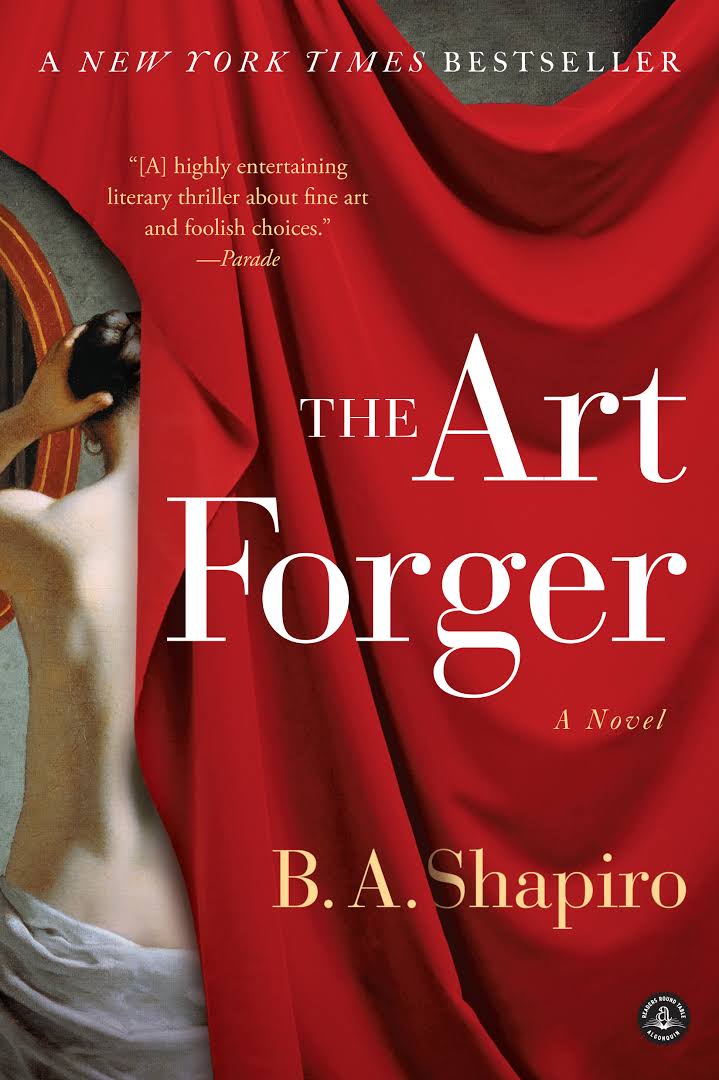 The Art Forger, B.A. Shapiro (2012)
The Art Forger, B.A. Shapiro (2012)
In The Art Forger, by B.A. Shapiro, a famous Edgar Degas painting that was part of the massive—still unsolved—Isabella Stewart Gardner Museum heist in Boston in 1990, turns up at the studio of artist Claire Roth.
In what can only be deemed a Faustian bargain, she agrees to duplicate the work at the behest of a powerful dealer in exchange for a solo-show at his prestigious gallery. But things get even more thorny when she begins to suspect that the work, After The Bath, may not be the real deal to begin with.
—Eileen Kinsella, Senior Market Editor
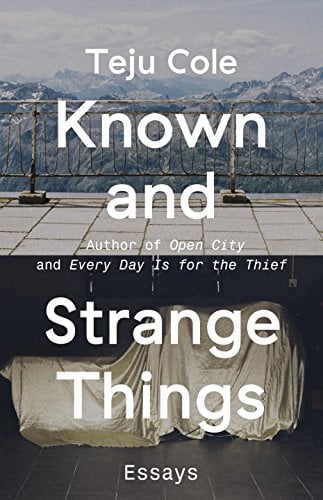 Known and Strange Things, by Teju Cole (2016)
Known and Strange Things, by Teju Cole (2016)
Teju Cole is the photography critic for the New York Times Magazine, as well as a wandering photographer himself. He’s a fan of fait divers, those weird and sometimes grim news items that are lodged into our consciousness by way of what Roland Barthes calls “a relation of causality.”
His latest book, Known and Strange Things: Essays by Teju Cole, arrived on bookshelves August 9, and includes essays about artist and photographer Roy DeCarava, who collaborated with Langston Hughes, along with essays on poetry, travel, and finding your way “back into the light.” (Also, Punto d’Ombra, a book of Cole’s solo photography exhibition in Rome, will be published in English April 2017 as Blind Spot.)
—Kathleen Massara, Managing Editor
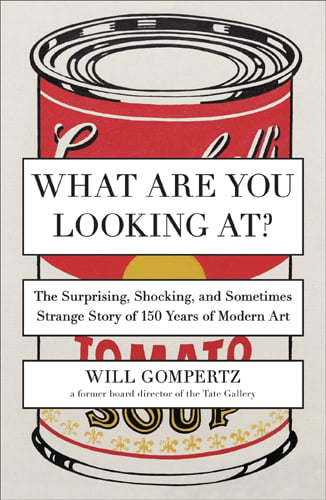 What Are You Looking At?: The Surprising, Shocking, and Sometimes Strange Story of 150 Years of Modern Art, by Will Gompertz (2012)
What Are You Looking At?: The Surprising, Shocking, and Sometimes Strange Story of 150 Years of Modern Art, by Will Gompertz (2012)
Written by Will Gompertz, the former director of Tate Media at the Tate in the UK and current arts editor at the BBC, this book offers a compact and accessible introduction to the history of modern art and how the development of western art starting from Pre-Impressionism led to the contemporary art movement of the present day.
If you know very little about art history, this book will improve your understanding and give you a great overview. And even if you consider yourself an art history expert, you will still enjoy the well-written and entertaining narrative filled with interesting tales and anecdotes.
—Henri Neuendorf, Associate Editor
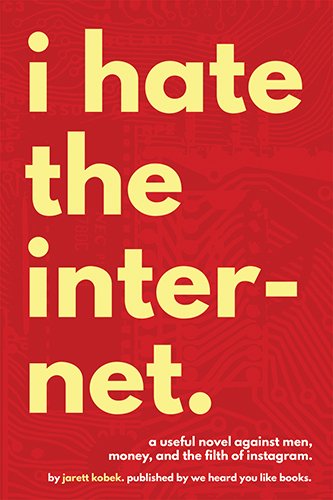 I Hate the Internet: A Useful Novel Against Men, Money, and the Filth of Instagram, Jarrett Kobek (2016)
I Hate the Internet: A Useful Novel Against Men, Money, and the Filth of Instagram, Jarrett Kobek (2016)
Not strictly an art book, this fact-based novel of ideas taps directly into the real-life digital dystopia that produced Facebook and Google data mining and Trump-like troll culture.
Set in the fully gentrified San Francisco of 2013, I Hate the Internet takes on the following urgent questions and more: “Why do we applaud the enrichment of CEOs at the expense of the weak and the powerless,” “Why are giving away our intellectual property” and “Why is activism in the 21st century nothing more than a series of morality lectures typed into devices built by slaves?”
Kobek’s been called the American Houllebecq, but I prefer to think of him as our era’s Paddy Chayefsky—the writer of Network. He’s mad as hell and he’s not going to take it anymore. Neither should we.
—Christian Viveros-Fauné, Art & Culture Critic
Follow artnet News on Facebook.

Patti Smith, Just Kids (2010). Courtesy of Wikimedia Commons.
I’ve been catching up this summer on all the books my friends were talking about a couple of years ago, to be honest.
I read both of Ben Lerner’s infuriatingly good novels, Leaving the Atocha Station and 10:04. In the former, the narrator witnesses a museum-goer having “a profound experience with art” and worries that he is incapable of same, while in 10:04, Lerner proves himself to be a better art critic in passing than I am even on a good day; his commentary on Christian Marclay’s The Clock was, for me, more enjoyable than the piece itself.
Then, on a staycation, I read Donna Tartt’s super-entertaining The Goldfinch, in which a Carel Fabritius painting plays a central role in a tale of international intrigue. Now I’m halfway into Just Kids, Patti Smith’s reminiscences of her life with Robert Mapplethorpe. If you, like me until recently, still have these books on your bedside table, waiting to be read, well, get to it.
—Brian Boucher, Senior Writer

Noah Hawley, Before the Fall (2016). Courtesy of Grand Central Publishing.
The perfect beach read, Noah Hawley’s suspenseful novel tells the tale of the suspicious, fatal crash of a private plane leaving Martha’s Vineyard. Chartered by the head of a Fox News-style television station, the plane has only two survivors: A young boy and Scott Burroughs, an unsuccessful middle-aged painter whose apparently inexplicable presence aboard the ill-fated aircraft is ripe for conspiracy theory in the Malaysia Airlines-esque media blitz that follows the tragedy.
The nerve-racking tale is an undeniable page turner, but also does the art world justice with its description of its protagonist’s disappointing career trajectory, and interstitial chapters about Burroughs’s chilling, disaster-inspired canvases.
—Sarah Cascone, Associate Editor

Tiffany Jenkins, Keeping their Marbles (2016). Courtesy of Oxford University Press.
Tiffany Jenkins makes the (unpopular) case for the British Museum keeping the Parthenon Marbles in this well-researched if not entirely-convincing critique. While Jenkins may be too quick to dismiss the concerns of those calling for restitution, she does an admirable job of examining the issue throughout history, including Napoleon’s extensive, oft-overlooked art looting. I particularly enjoyed the detailed history of the birth of museums in the UK, as well as Jenkins’s breakdown of the complicated issue of human remains in institutional collections.
Pair with Sharon Waxman’s excellent 2009 tome, Loot: The Battle Over the Stolen Treasures of the Ancient World, which generally makes the case for restitution, for a more thorough understanding of the issues at hand.
—Sarah Cascone, Associate Editor

Rachel Corbett, You Must Change Your Life (2016). Courtesy of Albert Harlingue / Roger-Viollet / The Image Works.
This is, first of all, just a wonderfully readable work of art historical biography: Corbett manages to throw light not just on the central bromance between the author of Letters to a Young Poet and the sculptor of The Thinker, but also the whole social constellation around them, giving gracefully rendered intellectual portraits of woman like Paula Modersohn-Becker, Camille Claudel, and Lou Andreas-Salome.
But Corbett also tells this story through the prism of a concept: “Empathy,” a new psychological category that emerged in artistic discussion before finding its way into psychological vocabulary. The result is that this excavation of the dramas of this fin-de-siècle social scene is also the story of the coming-to-being of a whole way of thinking about what it means to be human, through art.
—Ben Davis, National Art Critic

Robert Katz, Naked by the Window (1990). Courtesy of Atlantic Monthly Press.
Striking the perfect balance between intrigue and fact, Naked by the Window is a gripping exploration of the mystery surrounding Cuban-born artist Ana Mendieta’s death and the question of whether her husband—famed Minimalist sculptor Carl Andre—is innocent or guilty.
Mendieta plunged to her death in 1985 after falling out of the window of the 34th floor of the Greenwich Village apartment she shared with Andre; he was subsequently charged with murder but was later acquitted due to lack of evidence. Published in 1990, just five years after Mendieta’s death, Naked by the Window continues to maintain contemporary relevancy, as Andre remains an active member of the art world and protests are still staged today by the activist group WHEREISANAMENDIETA, most recently in June outside the Tate Modern, London.
—Caroline Elbaor, Editorial Intern

Paul Chan, Selected Writings (2014). Courtesy of Artbook.
Artist, activist, and eternal social media skeptic Paul Chan knows how to seize a reader’s attention—and keep it. His anthology of essays, Selected Writings (2000–2014), offers up a satisfying collection of critical inquiries. There’s his seminal essay, “The Unthinkable Community;” various meditations on his favorite artists; and even a tongue-in-cheek commencement speech in which he condones student loan evasion.
His unwitting candor, perhaps, best explains why he can get away with contemplating Britney Spears and Lacanian psychoanalysis in the same paragraphic breath. If you, dear reader, are often struck by art world malaise, this one’s for you.
—Rain Embuscado, Assistant Editor

Simon de Pury, The Auctioneer (2016). Courtesy of Amazon.
The Auctioneer is a witty and entrancing look into the world of Simon de Pury, one that while filled with familiar names and places is still, somehow, an echelon apart.
Beginning with his tutelage under the famed Swiss art dealer and collector Ernst Beyeler (they were both from Basel), De Pury moved on to be the curator of the renowned collection of Baron Hans Heinrich Agost Gabor Tasso Thyssen-Bornemisza (“Baron Heini”) and then on to Sotheby’s where he ascended to the position of chairman of Sotheby’s Europe before breaking out on his own. If you have a taste for the art world at its most high-flying, this surprisingly candid (and at times self-searching) memoir will be hard to put down.
—Rozalia Jovanovic, Editor-in-Chief

B.A. Shapiro, The Art Forger (2012). Courtesy of Amazon.
In The Art Forger, by B.A. Shapiro, a famous Edgar Degas painting that was part of the massive—still unsolved—Isabella Stewart Gardner Museum heist in Boston in 1990, turns up at the studio of artist Claire Roth.
In what can only be deemed a Faustian bargain, she agrees to duplicate the work at the behest of a powerful dealer in exchange for a solo-show at his prestigious gallery. But things get even more thorny when she begins to suspect that the work, After The Bath, may not be the real deal to begin with.
—Eileen Kinsella, Senior Market Editor

Teju Cole, Known and Strange Things (2016). Courtesy of Amazon.
Teju Cole is the photography critic for the New York Times Magazine, as well as a wandering photographer himself. He’s a fan of fait divers, those weird and sometimes grim news items that are lodged into our consciousness by way of what Roland Barthes calls “a relation of causality.”
His latest book, Known and Strange Things: Essays by Teju Cole, arrived on bookshelves August 9, and includes essays about artist and photographer Roy DeCarava, who collaborated with Langston Hughes, along with essays on poetry, travel, and finding your way “back into the light.” (Also, Punto d’Ombra, a book of Cole’s solo photography exhibition in Rome, will be published in English April 2017 as Blind Spot.)
—Kathleen Massara, Managing Editor

Will Gompertz, What Are You Looking At? (2013). Courtesy of Amazon.
Written by Will Gompertz, the former director of Tate Media at the Tate in the UK and current arts editor at the BBC, this book offers a compact and accessible introduction to the history of modern art and how the development of western art starting from Pre-Impressionism led to the contemporary art movement of the present day.
If you know very little about art history, this book will improve your understanding and give you a great overview. And even if you consider yourself an art history expert, you will still enjoy the well-written and entertaining narrative filled with interesting tales and anecdotes.
—Henri Neuendorf, Associate Editor

Jarrett Kobek, I Hate the Internet (2016). Courtesy of We Heard You Like Books.
Not strictly an art book, this fact-based novel of ideas taps directly into the real-life digital dystopia that produced Facebook and Google data mining and Trump-like troll culture.
Set in the fully gentrified San Francisco of 2013, I Hate the Internet takes on the following urgent questions and more: “Why do we applaud the enrichment of CEOs at the expense of the weak and the powerless,” “Why are giving away our intellectual property” and “Why is activism in the 21st century nothing more than a series of morality lectures typed into devices built by slaves?”
Kobek’s been called the American Houllebecq, but I prefer to think of him as our era’s Paddy Chayefsky—the writer of Network. He’s mad as hell and he’s not going to take it anymore. Neither should we.
—Christian Viveros-Fauné, Art & Culture Critic
Follow artnet News on Facebook.
Share
Article topics

No comments:
Post a Comment